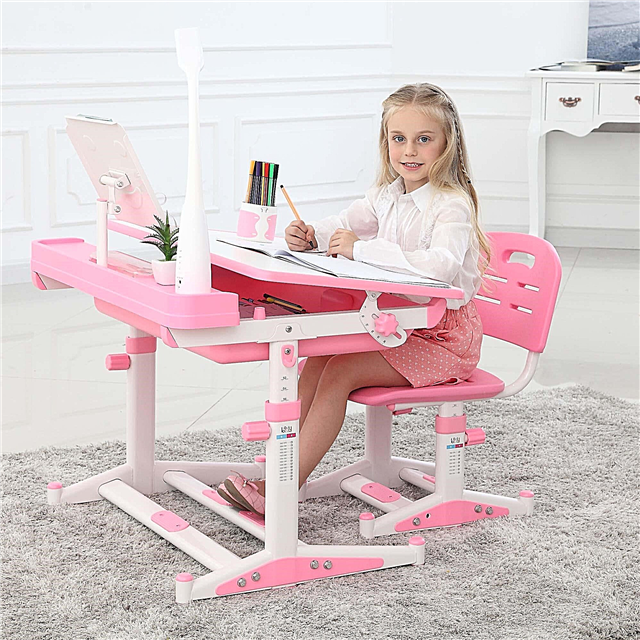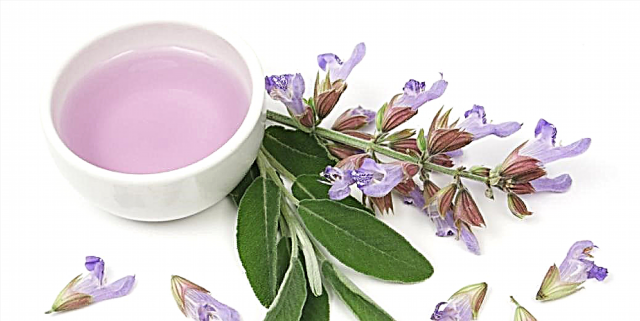A sore throat can be a symptom of several conditions. In each case, a specific treatment tactic is required. Similar symptoms may indicate different diagnoses. Therefore, incompetent parents are obliged to seek help from a doctor if a baby has a sore throat or a cough.

Cough
What is tracheitis
Tracheitis is the localization of the inflammatory process. Inflammation of the mucous membranes of the trachea - there is tracheitis. Tracheitis is an ambiguous diagnosis. It is not enough to know the site of the inflammation. The most important thing is to identify the pathogen in order to know who to fight with.
Infectious agents of tracheitis
Medical statistics say that in 90% of cases, the cause of tracheitis is viruses, only 10% is bacteria. Therefore, in the vast majority of cases, tracheitis goes away on its own in a few days. All parents can do for their child is to provide symptomatic help. If a bacterial infection is diagnosed, antibiotics should be prescribed as soon as possible.
The main causes of non-infectious tracheitis
Tracheal pain not associated with infection can be caused by mechanical and other damage:
- swallowing a large and hard piece of food;
- overstrain of ligaments from prolonged screaming;
- a burn if a child has swallowed, for example, a hot drink and inhaled hot steam;
- an allergic reaction to inhaled vapors with chemicals or dust.
Attention! Allergy more often than other non-infectious causes can be a source of inflammation, it is difficult to distinguish it from a viral infection, since allergic reactions also cause a runny nose and inflammation of the mucous membranes of the eyes. Therefore, the consultation of a specialist is imperative.

A runny nose is an important symptom
Types of tracheitis
In the trachea, in addition to the mucous membranes, are the vocal cords. With their help, people can make sounds and have a voice. The trachea is hourglass-shaped, with both ends wider than the middle. Depending on which part of the trachea the inflammation occurs, and what caused it, you can determine the type of tracheitis:
- laryngitis;
- stenotic laryngitis;
- croup.
Laryngitis is an inflammation in the trachea that is localized in the area of the vocal cords. This means that if inflammation in the trachea in a child is accompanied by a hoarse voice, laryngitis is diagnosed. Laryngitis can be both non-infectious, when the baby is hoarse due to the fact that his voice is ripped off, or infectious, which has developed due to infection.
Croup is diagnosed when edema forms in the narrowest part of the trachea, the cause of which is infection. Difficulty breathing is characteristic of croup.
Laryngitis stenosis is also a narrowing of the lumen of the larynx, which can make it difficult to inhale. This diagnosis can be the result of an allergic reaction and a burn, in contrast to an infectious croup.
Distinctive features from other diagnoses
Tracheitis in a child is characterized by a dry, irritating cough, which can occur with other respiratory diseases.
Difference from bronchitis
Bronchitis is an inflammation of the bronchi. That is, the cough does not escape from the throat, but as if from the chest. With bronchitis, inhalation with a whistle and difficulty exhaling are characteristic. A child with inflamed bronchi in an acute period breathes superficially, cannot take a deep breath and a full exhale.

Inflammation of the bronchi
Difference from pharyngitis
With pharyngitis, the tonsils are inflamed. If a child with pharyngitis opens its mouth, an adult can see a red pharynx. Unlike sore throat, which is characterized by purulent plugs on the tonsils and a temperature above 38˚C, pharyngitis is accompanied by a flow from the nose and slight hyperthermia.
Difference from pneumonia
Pneumonia occurs as a complication of bronchitis, when sputum secreted in large quantities accumulates in the airways, rather than coming out with a productive cough. Dropping into the lungs, it becomes a favorable breeding ground for bacteria. With pneumonia, pain in the hypochondrium, high fever and loss of physical strength are characteristic.
Laryngeal inflammation symptoms
With viral throat infections, the following symptoms appear:
- flow from the nose;
- lacrimation;
- high temperature;
- general weakness;
- loss of appetite;
- sore throat.
Important! This type of tracheitis does not require urgent systemic treatment, symptomatic therapy is sufficient.
If tracheitis in infants is the result of a bacterial infection, the symptoms will be as follows:
- severely elevated body temperature, more than 38˚C;
- discharge of purulent sputum with an unpleasant odor;
- pallor of the skin.
As a rule, with bacterial sore throat, the child's nose remains dry, a runny nose does not appear, which often becomes the main indicator of a bacterial infection.
Which doctor to contact
It is not necessary to make an appointment with an otolaryngologist. It is enough to show the child to the pediatrician to determine the diagnosis and find out the treatment regimen.
Features of the treatment of babies
Babies, due to their immaturity, cannot take pills in the same way as adults. For babies, preparations of other dosage forms are produced: in the form of suspensions, solutions and suppositories.
Once a diagnosis is made, the doctor can determine how to treat the baby. Viral tracheitis does not need special medications, because so far no effective antiviral agents aimed at combating respiratory diseases have been produced. An exception is a drug with a high content of interferon in suppositories for rectal administration.

Rectal suppositories
Important! The most effective way to ease the breathing of a sick child is clean, moist air.
Local immunity is able to cope with the virus in three to four days, if it is not interfered with. Drinking often and warmly will be an important help to the body, which promotes the discharge of phlegm.
It is necessary to treat bacterial inflammation with antibiotics, strictly according to the course indicated by the doctor. Allergic tracheitis should be stopped with the help of antihistamines, in addition, parents need to pay special attention to the quality of the air that the baby breathes - it should not contain chemical vapors, smoke, dust and other impurities.
Possible complications
If you do not take measures to improve the quality of the air that the sick child breathes, you can come to the conclusion that the baby will develop chronic laryngitis, due to which the child will constantly have a tracheal cough.
With frequent acute diseases of the larynx, the vocal cords can be deformed, which can leave the baby with a hoarse voice.
Treatment of tracheitis according to the Komarovsky method
Pediatrician Komarovsky suggests that the easiest way to relieve swelling in the larynx is to give the child ice cream. At first glance, a paradoxical solution is very effective. The cold, acting on the soft tissues of the larynx, constricts thousands of small capillaries and blood vessels, as a result of which the swelling quickly subsides, and the child becomes easier to breathe.
Prevention of tracheitis
In order to protect your child from viral infections, it is important to get seasonal flu shots on time. This is the most effective way to resist infection.
Vaccination against pneumococcus will help against bacterial infections. Other bacterial infections are added as a result of contact with the patient, which actively occurs with children in kindergarten or school. It is guaranteed that it is impossible to protect yourself from such diseases, but with a timely appeal to a doctor who will tell you how to treat bacterial tracheitis in a child, complications can be avoided.
When it comes to shortness of breath in a baby, there should not be a moment of doubt that a doctor is needed. This is especially important if a hoarse voice and dry cough appeared in the morning. If you do not take action in time, it is highly likely that in the late afternoon such edema will develop, which will prevent the child from breathing. Conscientious parents, responsibly approaching the issue of their child's breathing, will definitely install a humidifier in the nursery and will not allow stuffiness to appear, which is dangerous for the baby.



